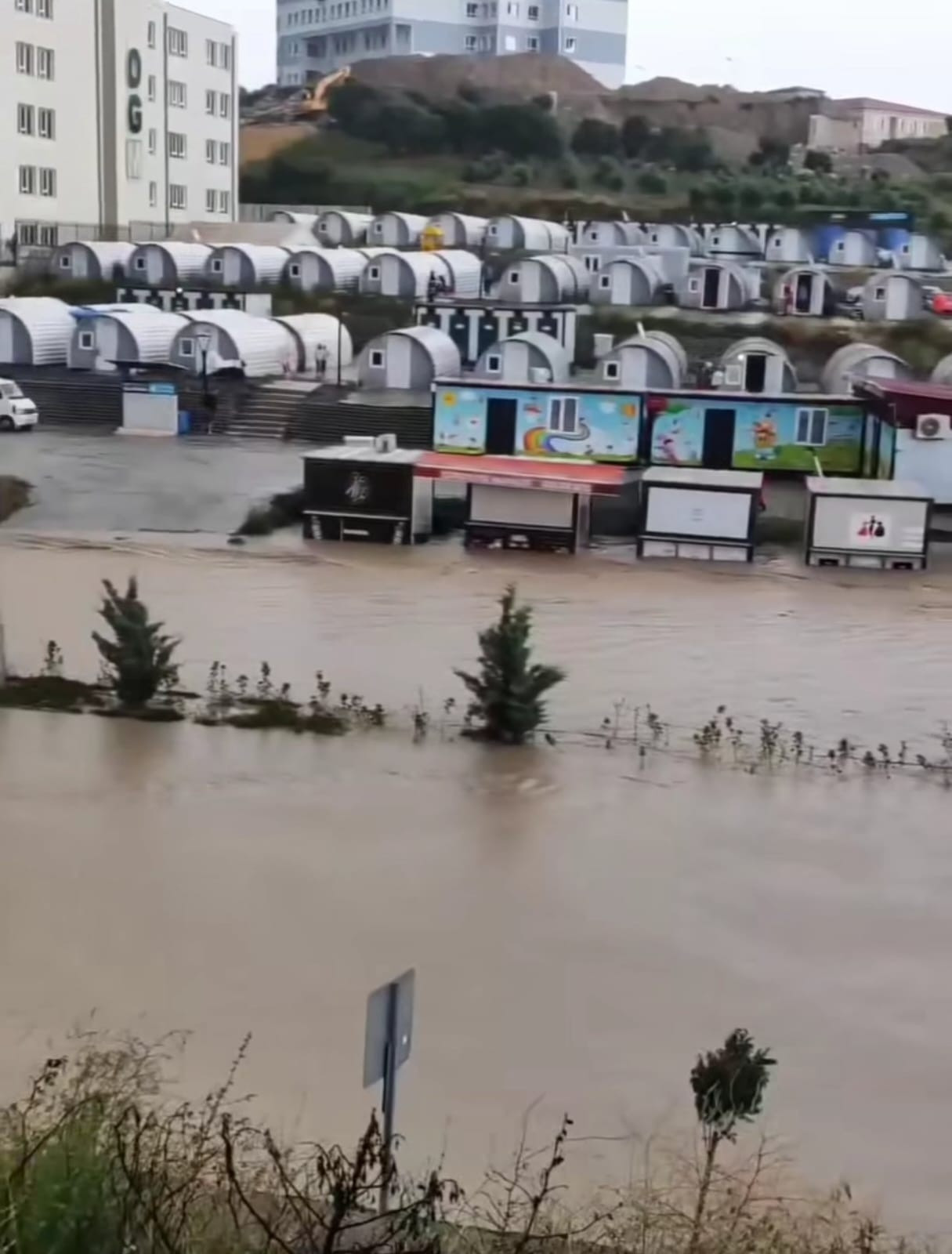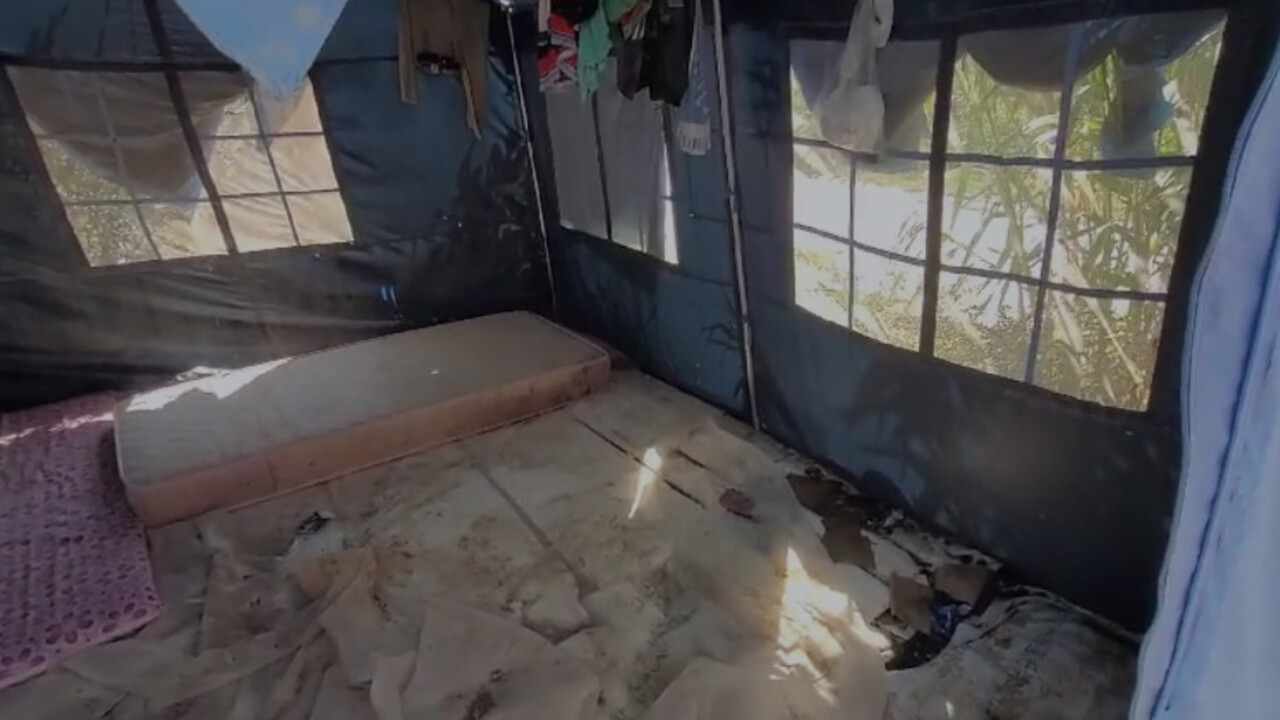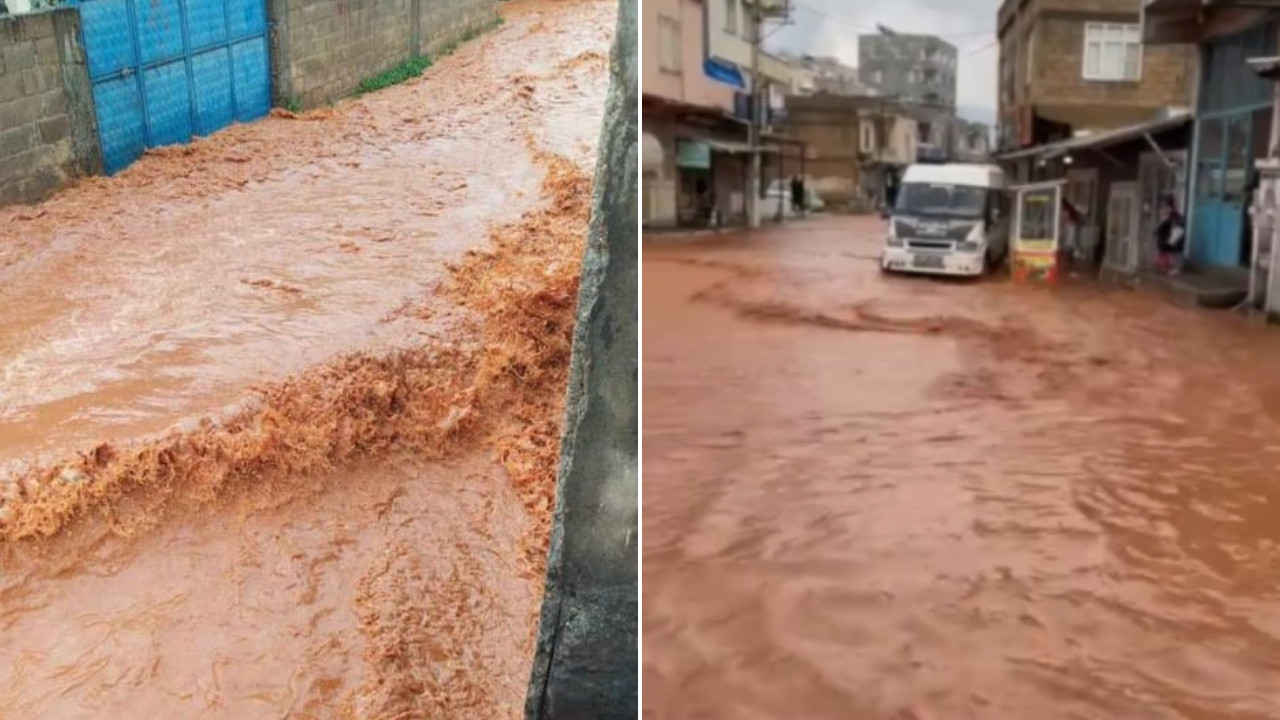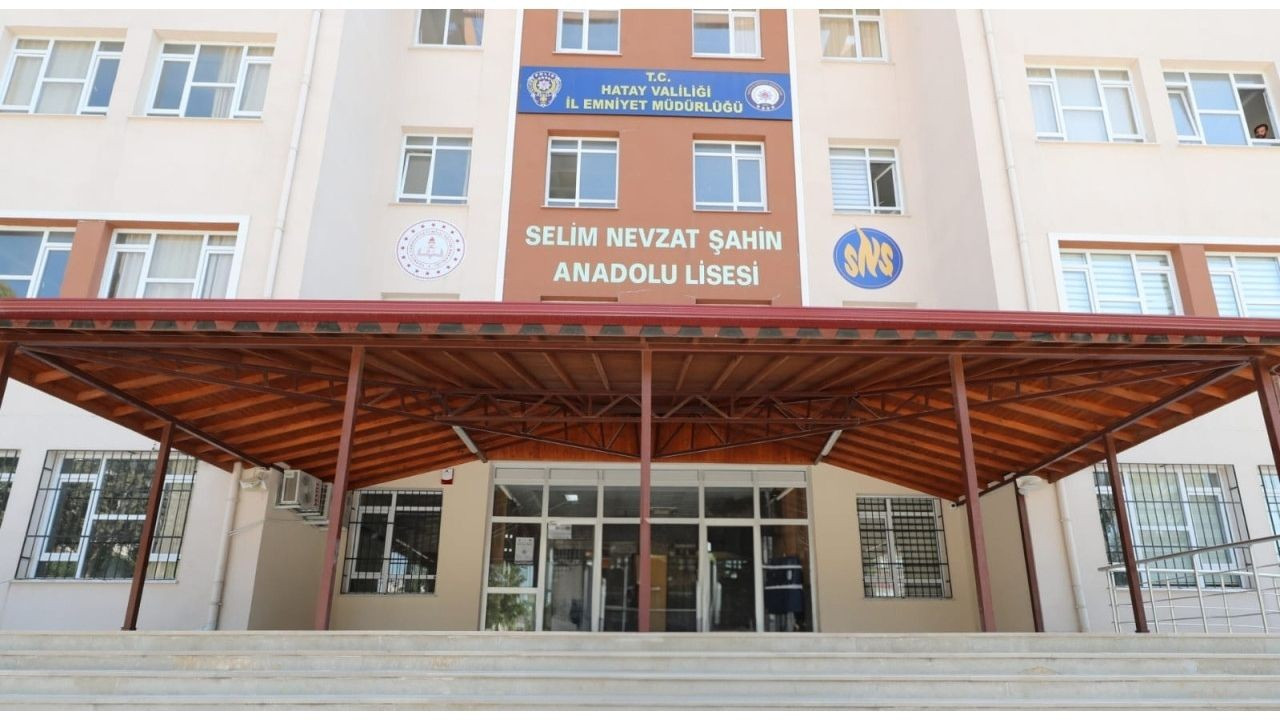Container cities in Turkey’s quake-struck Hatay flood amid downpours, absent infrastructure
The 300,000 inhabitants of container cities in quake-struck Hatay continue to struggle with floods after each cloudburst due to lacking infrastructure and poor urban planning.
Burcu Özkaya Günaydın / DUVAR
After continuous downpours between May 12 and May 14, vast areas of the quake-stricken city of Hatay in southern Turkey have been entirely inundated.
Rainwater and sewage flow through the streets of container cities while Hatay’s historic bazaar has been submerged.
Lack of proper planning for makeshift towns and deficient infrastructure leaves the residents of one of the hardest-hit regions of the disastrous Feb. 6 twin tremors, soaked with each cloudburst, according to İnal Büyükaşık, President of the TMMOB Chamber of Civil Engineers (İMO) Hatay Branch.

Currently, over 300,000 people reside in Hatay’s container cities, with 200,000 in official sites. These housing complexes were only meant for 3-6 months of temporary use. However, in Hatay, this period has long been exceeded. A root cause of the problems, Büyükaşık said.
“These container cities are no longer temporary shelters,” Büyükaşık told Duvar, adding that many issues could be resolved - albeit costly - through drainage channels.
Furthermore, the recent downpours highlight the necessity of constructing "disaster-resilient" housing coupled with appropriate infrastructure, according to Büyükaşık.
Büyükaşık said that he cautioned against rushing promises "to rebuild the quake-stricken zone within a year," stating that first building infrastructure is a prerequisite for constructing a functioning city.
“Cities in Turkey, particularly Hatay, need to be disaster-resilient,” he said. “Buildings should be constructed considering situations such as rain, flood, fires, and earthquakes. There is no infrastructure at all in Hatay, but houses have been built.”
 In two other quake-struck provinces, Adıyaman and Malatya, flooding appears to be less of an issue in container cities.
In two other quake-struck provinces, Adıyaman and Malatya, flooding appears to be less of an issue in container cities.
Tuncay Kaya from the Adıyaman Branch of the Chamber of Civil Engineers stated that container cities, with proper planning, are more resistant to heavy downpours.
“The initial tents set up in Adıyaman flooded,” Kaya said. “Then there was a transition to containers. Since the containers were properly planned and there were no serious issues.”
Journalist Didem Barut, residing in Malatya, stated that even during heavy rain, containers do not submerge like in Hatay, as these were established by companies and individuals who took care of infrastructure.
(English version by Wouter Massink)

 Tent camps flooded in quake-torn Hatay once again, residents gripeDomestic
Tent camps flooded in quake-torn Hatay once again, residents gripeDomestic Tents of quake survivors once again flooded after rain in TurkeyDomestic
Tents of quake survivors once again flooded after rain in TurkeyDomestic Police department takeover of Hatay high school disrupts education since Feb. 6 quakesDomestic
Police department takeover of Hatay high school disrupts education since Feb. 6 quakesDomestic